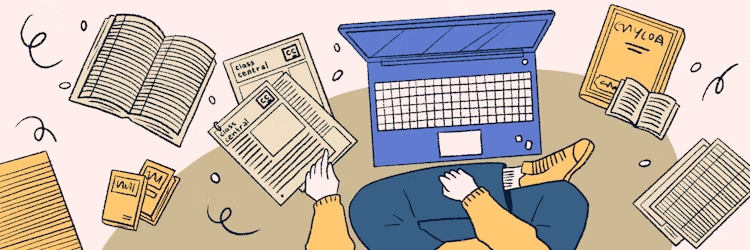Learn about the basics of creating artwork for packages in ways that are practical for manufacturing and shipping, and make the products visually appealing.
Overview
Syllabus
Introduction
- Welcome
- About this course
- About the exercise files
- Building a roadmap: Deciding on the type of package
- Examining basic types of boxes
- Combining packaging materials: Complex packaging
- Making the decision of packaging type
- Considering the consumer experience
- Accommodating instructional/legal copy, barcode, etc.
- Reading a dieline (cut vs. fold indicators, flaps, etc.)
- Examining a package die
- Replicating an existing package: Basic panels
- Adding flaps and fold-in tabs
- Refining tab and flap shapes
- Creating rounded corners
- Why Illustrator is perfect for packaging
- Laying the groundwork: Start with the dieline
- Creating a bleed guide
- Adding artwork: Handling bleed, trim, and glue
- Preparing your job for the printer
- File formats for print
- Using InDesign: Pros and cons
- Importing the dieline
- Adding artwork: Handling bleed and color intersections
- Preparing your job for the printer
- File formats for print
- Printing and cutting the mockup
- Checking the mockup
- Fulfillment and assembling the final piece
- What I hope you've learned in this course
- Next steps
Taught by
Claudia McCue




